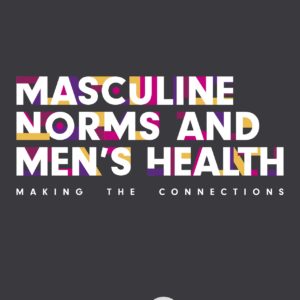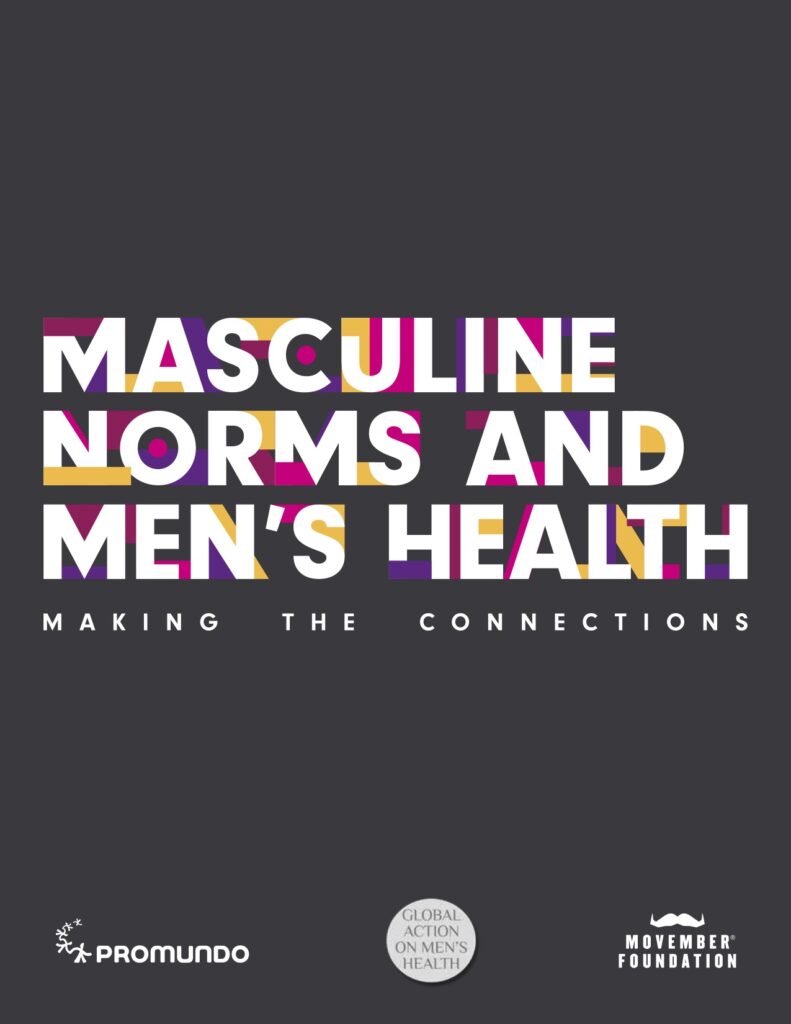What are the links between masculine norms and men’s health outcomes globally?
What implications do these links have for efforts to improve men’s health – alongside efforts to improve the health of women and children – and as part of broader efforts to create healthier, thriving societies?
This new report provides an overview of the current state of men’s health globally and illustrates the direct connections between health-risk behaviors and salient masculine norms. Presenting a new analysis of men’s health using data from the 2016 Global Burden of Disease (GBD), the report outlines the leading causes of morbidity and mortality among men globally. It also presents evidence on the connections between hegemonic masculine norms and influential health-risk behaviors, including poor diet, substance use, occupational hazards, unsafe sex, and limited health-seeking behavior.
The report emphasizes that salient norms related to masculinities and the gendered nature of men’s lives are a driving force in men’s ill-health. While biological factors are involved in male-specific ill-health, the vast majority of men’s morbidities and excess mortality is related to health practices, and the social and cultural influences that shape them. In short, while some gender norms can be protective in terms of health outcomes, men’s poor health is most often driven by their efforts to live up to or adhere to restrictive societal norms related to manhood.
The report’s executive summary is available online here.





